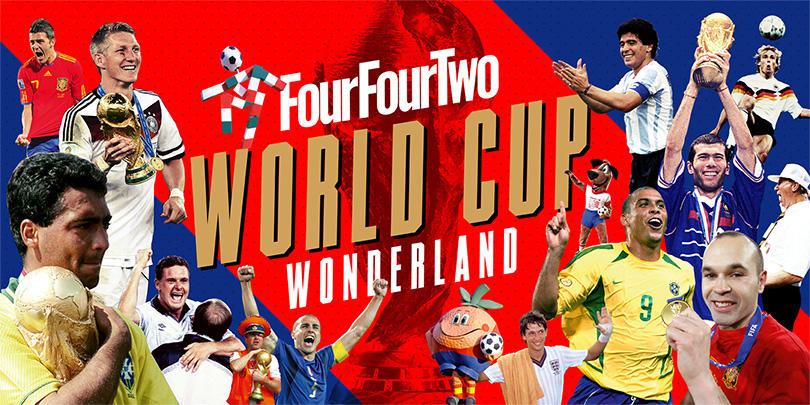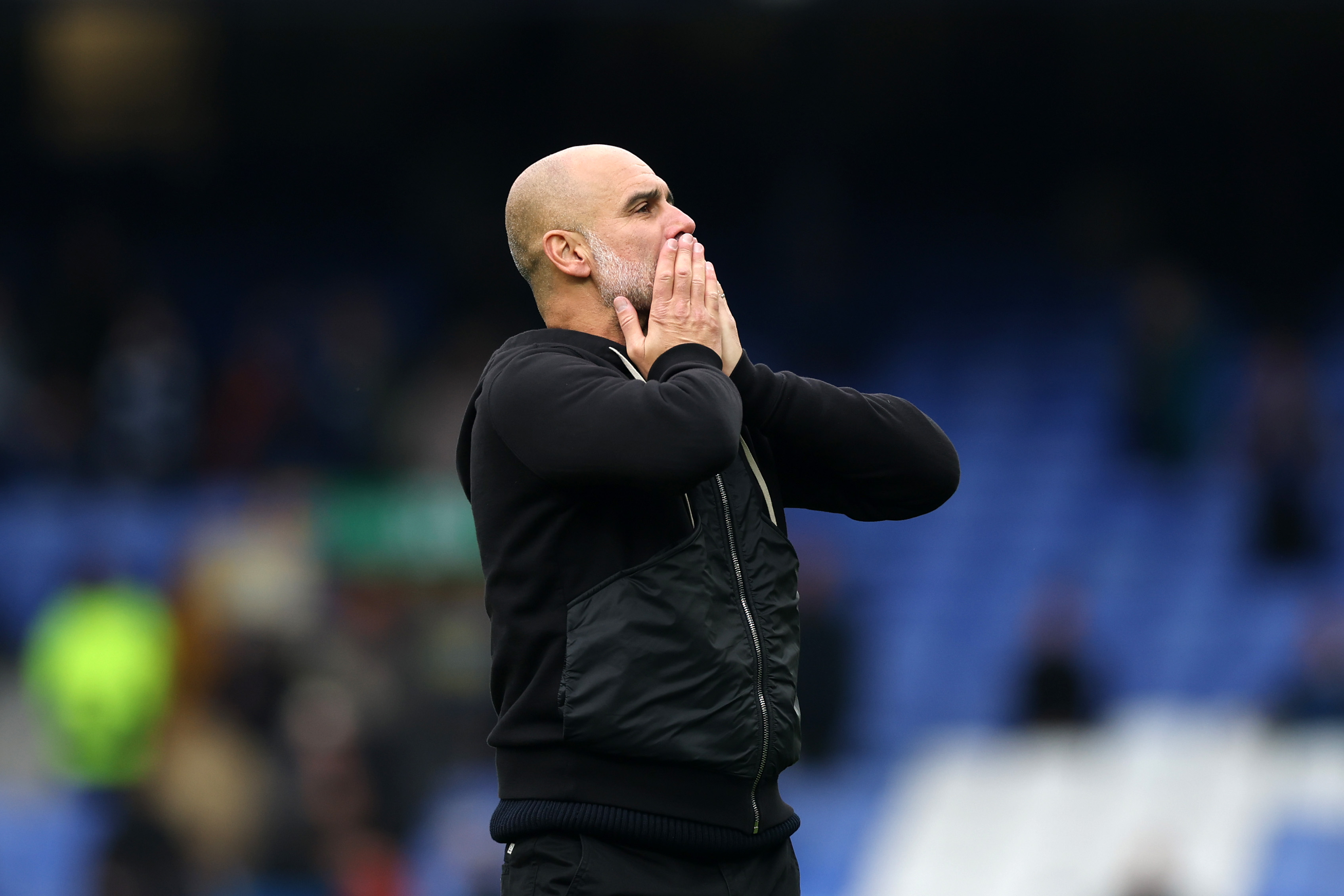Where did it all go wrong for Mario Gotze?
In 2014, he scored the winner in the World Cup final after being told to "show you’re better than Messi" by Germany manager Joachim Löw. Fast-forward four years and Die Mannschaft’s former golden boy is struggling to save his career
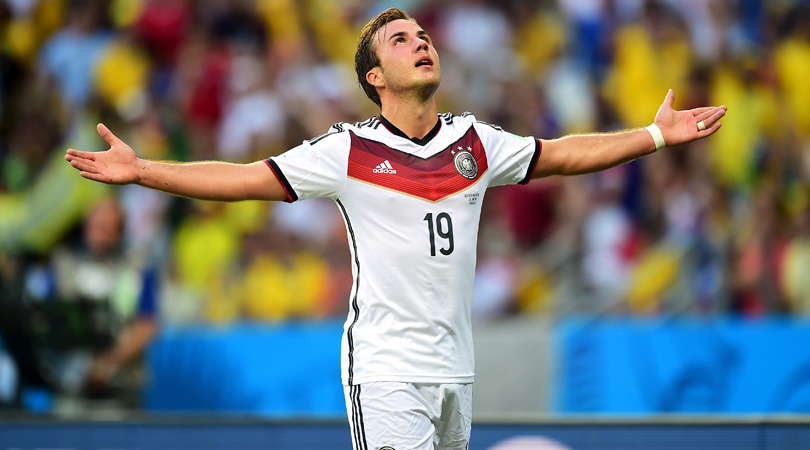
With Borussia Dortmund’s Europa League last 32 first leg against Atalanta tied at 2-2 entering stoppage time, the hosts, desperately seeking a winner to take to Italy, pump a hopeful cross into the penalty area.
A defender prods the ball out of the danger zone and straight to the feet of Mario Gotze, lurking a few yards outside the box. Gotze has only the tiniest fraction of a second to decide what to do. There are, essentially, two options. He could try a first-time shot at goal and pray his attempt somehow avoids the forest of bodies between him and the target. Or he could control the ball and look to pass to a team-mate, though this will give the defence a precious moment to regroup.
Rare vision
So Gotze opted for a third option – using his right foot the way a pool player uses a cushion. The ball immediately rebounded back into the box and straight into the path of Michy Batshuayi, who struck on the turn to seal a 3-2 victory. As the ball hit the back of the net, Batshuayi immediately pointed at Gotze, knowing full well that his team-mate’s subtle flick of the ankle had not only taken skill but presence of mind and exceptional vision.
It was a move worthy of a player once heralded as Germany’s – and perhaps even Europe’s – best talent. It was also a reminder that the man whose delicious volley won the 2014 World Cup was still capable of sublime artistry. Legend has it that, when the then 22-year-old was preparing to enter the field of play in the 88th minute of the final in Rio’s iconic Maracana stadium, manager Joachim Löw whispered in his ear: “Go out there and prove you’re better than Messi.”
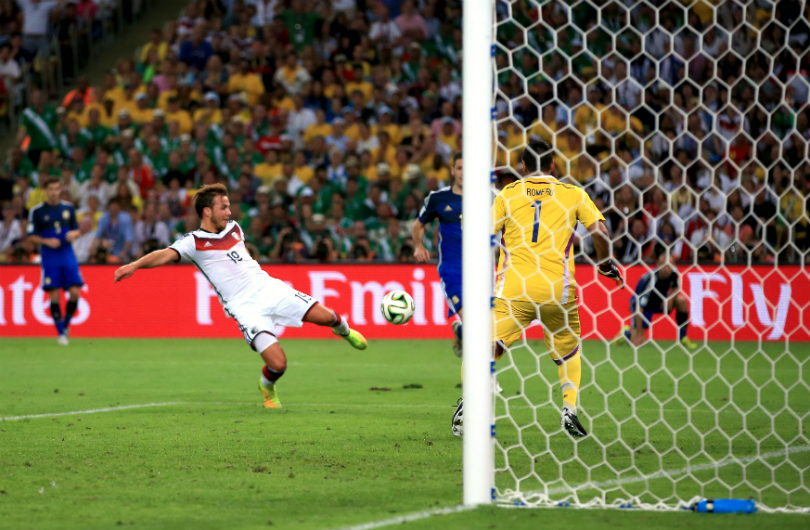
Within about 45 minutes, Gotze’s goal had left the Argentine icon in tears. And yet the crusher of Messi’s dreams was nowhere to be seen in Russia this year. Since Euro 2016, Gotze has made only one appearance for the national team, as a substitute. When the world champions played a pair of high-profile friendlies in March, against Spain and Brazil, he was not called up to the large 26-man squad despite being fit.
“He has incredible potential,” revealed Löw. “But at the moment he is not in the sort of form we’d like to see.” A day earlier, Dortmund had crashed out of the Europa League at the hands of Salzburg. Gotze was taken off at half-time and singled out for harsh criticism by his coach, Peter Stoger, who explained: “We took issue with Mario, because he didn’t do any of the things he was told to do.”
Get FourFourTwo Newsletter
The best features, fun and footballing quizzes, straight to your inbox every week.
One may be tempted to assume that Gotze is just the latest in the long line of highly-rated starlets who failed to cope with the trappings of early fame and too easily succumbed to temptation. But this story is far more complex. Although he may be a man of few words, Gotze is smart and comes from a good family.
He moved to Dortmund from Bavaria when he was five years old because his father, a professor of data processing, was offered a high-ranking position at the city’s Institute of Technology. Gotze is a devout Catholic and values decency and modesty.
Last December, he published a children’s book that teaches, as he put it: “respect, tolerance and open-mindedness”.
A wrong move
So how did it all go quite so wrong?
In hindsight, the start of this downturn in Gotze’s career trajectory came a year before that moment of magic inside the Maracana against Argentina. Things took a turn for the worse when he swapped Dortmund for Bayern Munich in 2013. He admitted as much upon his Westfalenstadion return in the summer of 2016, saying: “Knowing what I know now, after three years, I’d probably not make the same decision again. But it was my decision, I’m not trying to hide from that. I wanted to take the risk.”
Even more tellingly, when Gotze posted an 80-second video on his Facebook page four months later, highlighting his most emotional moments from the past year, there were plenty of snaps from the national team and BVB but none from his final months in Bayern’s red shirt, despite winning the league and cup double.
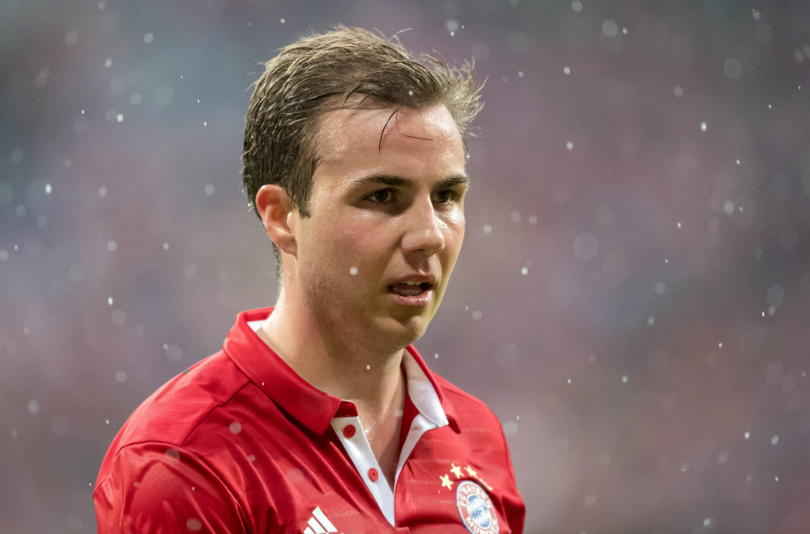
Initially, the move seemed a match made in heaven. For many years – certainly since winning the Fritz Walter Medal, Germany’s most prestigious youth football award, in 2009 and 2010 – the player had been hailed as his country’s answer to Lionel Messi. Like the Argentine, he could dribble at the highest speed and operate in the tightest of spaces, his ball control a marvel.
And one of the reasons he left Dortmund for Bayern was that none other than Messi’s mentor, Pep Guardiola, would be taking over at the Allianz Arena, seemingly delighted to find a player in situ who was so obviously suited to his intricate style of football, and one who might be suitable for the false nine role.
Bayern misfit
As it turned out, the Catalan didn’t need a false nine – in 2014 he recruited a real No.9 in the form of Gotze’s former Dortmund team-mate Robert Lewandowski. All of a sudden, Pep didn’t seem to know what to do with the young German. Even before Gotze arrived in Munich, club president Uli Hoeness revealed during a public panel discussion that his signing had been the idea of the club, not the incoming manager.
“Guardiola had certain ideas of buying a young Brazilian,” Hoeness said, referring to Neymar. “But in the past we’d never done that well with such deals. As Pep wanted a similar player, we hit upon Gotze.”
Haunted by memories of a couple of expensive transfer flops in the early-90s, Bayern’s policy is to sign Brazilians only if they’ve already proven themselves in the Bundesliga.
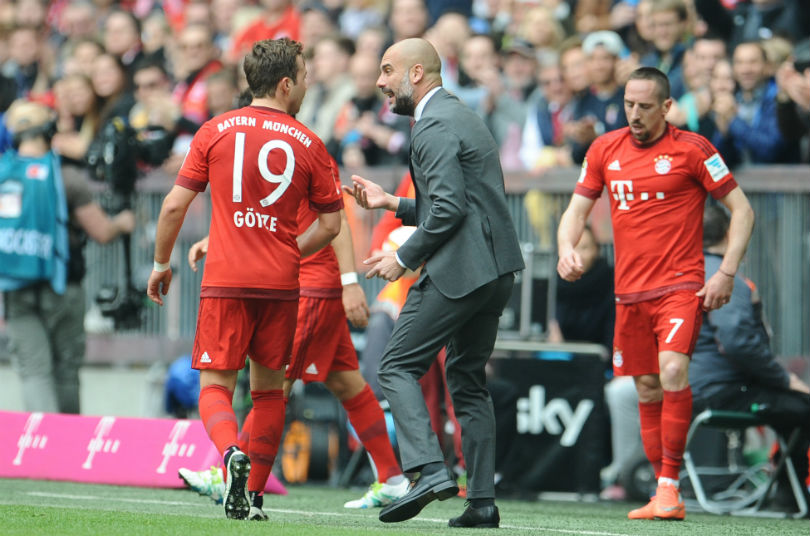
But according to Guardiola’s biographer Marti Perarnau, despite all of this, the Catalan had no qualms about having the German on his squad list in Neymar’s stead. “There was no player he devoted more time to,” Perarnau told a German newspaper. “Gotze did a lot better at Bayern than he was given credit for.”
There is indeed some truth to this. Provided he was fit, Gotze often got game time at Bayern – in his first season, he missed only seven league matches and one Champions League game. He was far from an immediate flop, rather a youngster struggling to adapt to being a big fish in a much bigger pond. When Gotze departed the club, Pep admitted: “It wasn’t easy for Mario. We had seven forwards, so it wasn’t easy for me, either. Just when things were going well for him, he sustained an injury.”
A misdiagnosed issue
This points to the second widely accepted explanation for Gotze’s fall from grace. He suffered the first of many lengthy lay-offs as early as 19, when he was sidelined for almost three months with an inflammation of the pelvis – an overuse injury players dread because it takes so long to heal. A year later, he tore a thigh muscle during Dortmund’s Champions League semi-final against Real Madrid.
People pondered about the timing of the injury, which may have cost his club the trophy. That was because Gotze limped off the Bernabeu pitch exactly one week after a tabloid had broken news of his impending transfer to Bayern. Lothar Matthaus, working as a pundit, argued the injury was psychosomatic and stress-related, as the young playmaker had suddenly found himself at the centre of a media frenzy and, of course, abuse from supporters.
But the years that followed seemed to disprove this theory, because comparable muscle injuries were something that would haunt Gotze. In his final season at Bayern, for instance, he got off to a flying start and was playing well. In fact, in October 2015, nine months before announcing his move back to Dortmund, he told one journalist:
“I’d love to become one of the faces of Bayern. I feel really good here. I’m happy to be a Bayern player.” A day later, he played as a false nine for Germany against the Republic of Ireland in Dublin. After 32 minutes, he was brought down by James McCarthy and tore a groin muscle – he didn’t return for 116 days. His Bayern career never recovered, and he returned to Dortmund in 2016.
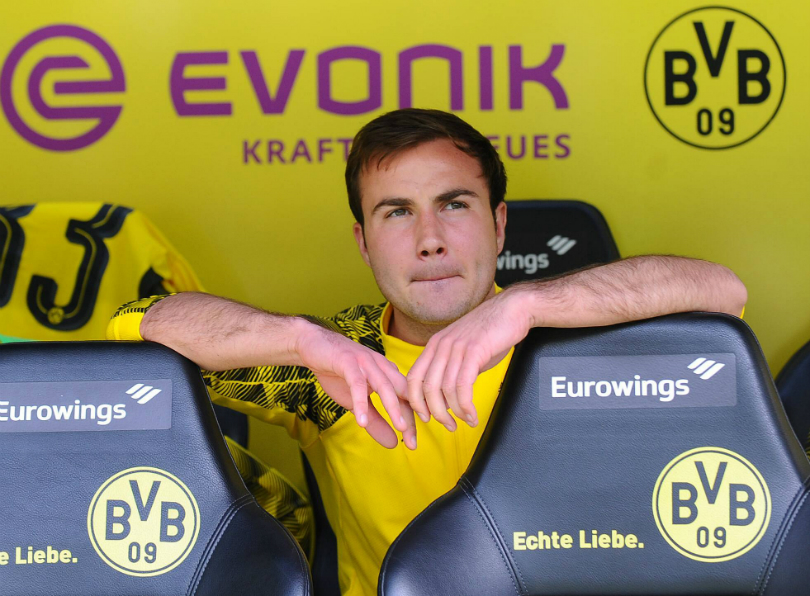
In February 2017, BVB issued a particularly unusual press release. It explained that the source of Gotze’s recurring muscle injuries had been found – a metabolism disorder that was not only rare but also hard to detect. The statement added that the player would be out for an indefinite period, but remained vague about the details of the problem. Subsequent newspaper articles mentioned an illness called metabolic myopathy and speculated it could also account for the fact that Gotze seemed to struggle with weight-gain despite working out more than most team-mates.
Former Dortmund manager Jurgen Klopp, who would later refer to Gotze as the best young player he had ever coached, told Sky Sports Germany: “Mario Gotze’s health issues are a logical explanation for the problems that have arisen over the past few years. I’m just glad this has now been discovered. Eventually, many people will hopefully have to apologise to him.”
It’s a fittingly strange footnote to this story that the diagnosis was a blessing in disguise, because it was the only reason Gotze was not in the squad for the Monaco game six weeks later, when Dortmund’s team bus was attacked by three roadside bombs.
The long road back
“I can do competitive sport without any problems, although I need medication at the moment,” Gotze revealed on his return to the first team in August. “I can’t come off five months of rehabilitation and be at 100%. That’ll take some time.”
The events surrounding that Champions League last eight match meant the same could have been said of the entire BVB team – many of whom had struggled with the after-effects of the traumatic night – not to mention more tangible football problems, such as the fact that new coach Peter Bosz was in over his head.
As a consequence, contrary to the masterplan, Gotze couldn’t be eased back into a functioning side after such a complicated lay-off. Instead he was thrown into a team in disarray and asked to carry it. That’s why it’s so difficult to tell if he has really turned a corner and has a chance to recapture his old form. It’s also difficult to compare the old Gotze with the new, because his role in the team has changed. He’s no longer the explosive dribbler who darts down the wing, cuts inside and takes on defenders.
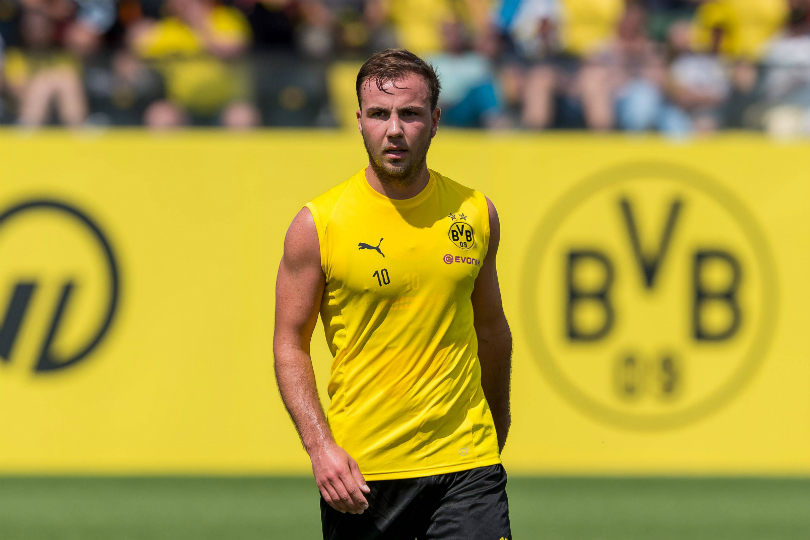
Last summer, Gotze said he considers himself most useful in the centre of the pitch. He said he always tried to learn from players such as Messi and Cristiano Ronaldo but added: “Andres Iniesta is definitely the one who’s most similar to me. He’s the one I can identify with the most.” Unfortunately, this has hurt his World Cup chances, as Löw still seems to regard him as a wannabe Messi rather than an aspiring Iniesta.
The Germany coach said: “What I want from him is to make runs into the box from midfield. He has to have some shots on goal, get behind the defence and become a goal threat. He’s not doing enough of that at the moment.”
So the jury is out on whether Mario Gotze has lost that indefinable something that is the difference between a good player and a true superstar or whether, at 25, he has time to rediscover his old self. It’s certainly a question that plagues the national football consciousness. “Will Gotze ever be the same again?” SportBild asked in March.
Perhaps, given everything that’s happened over the past four years, the more pertinent question is: does he even want to be?
The original version of this feature appeared in the June 2018 issue of FourFourTwo. Subscribe!
